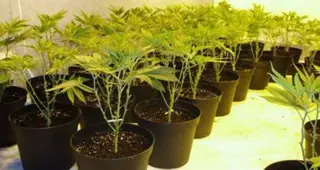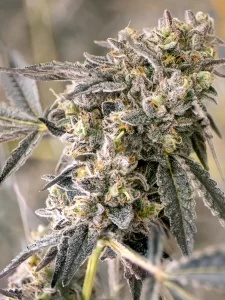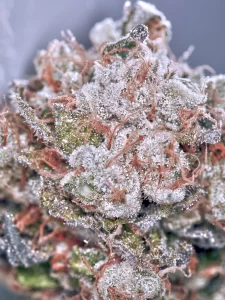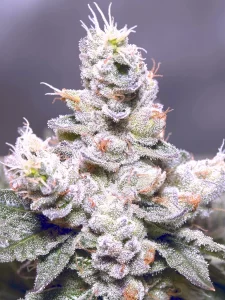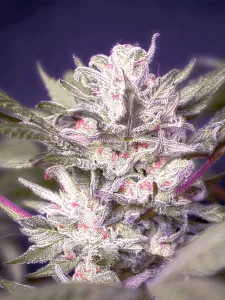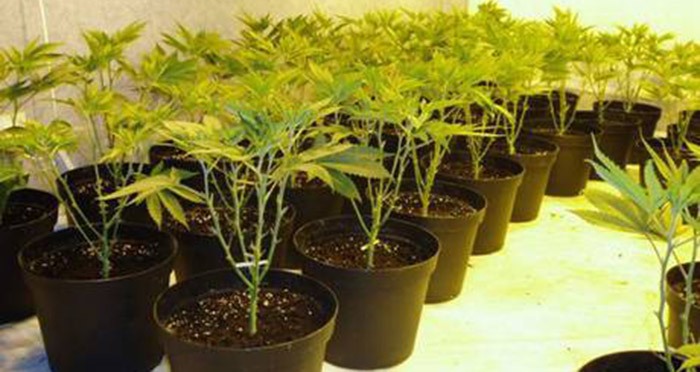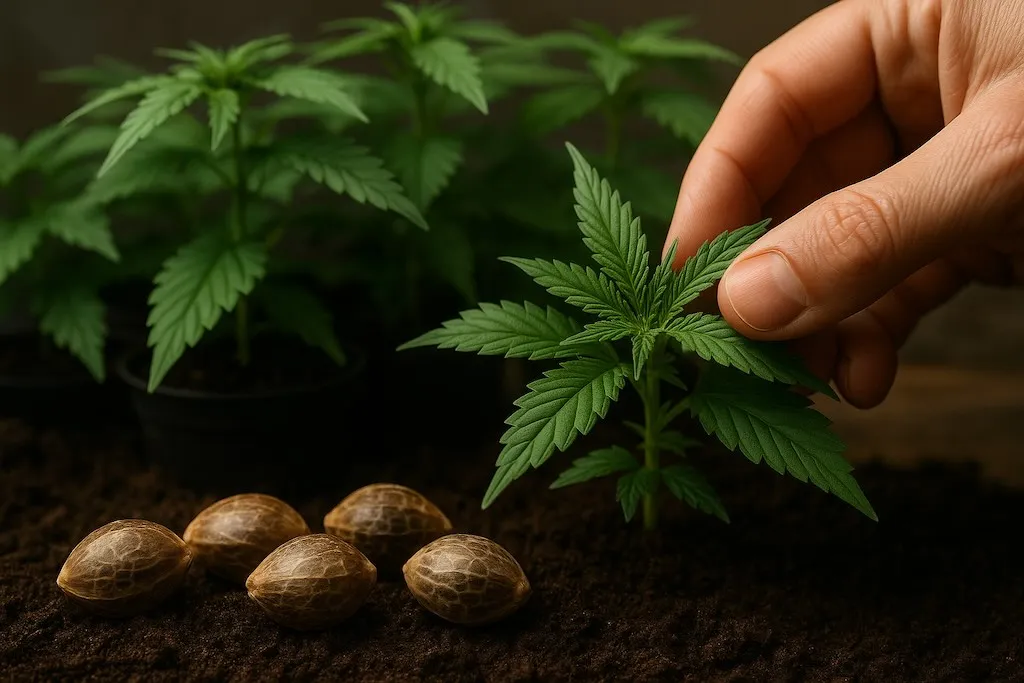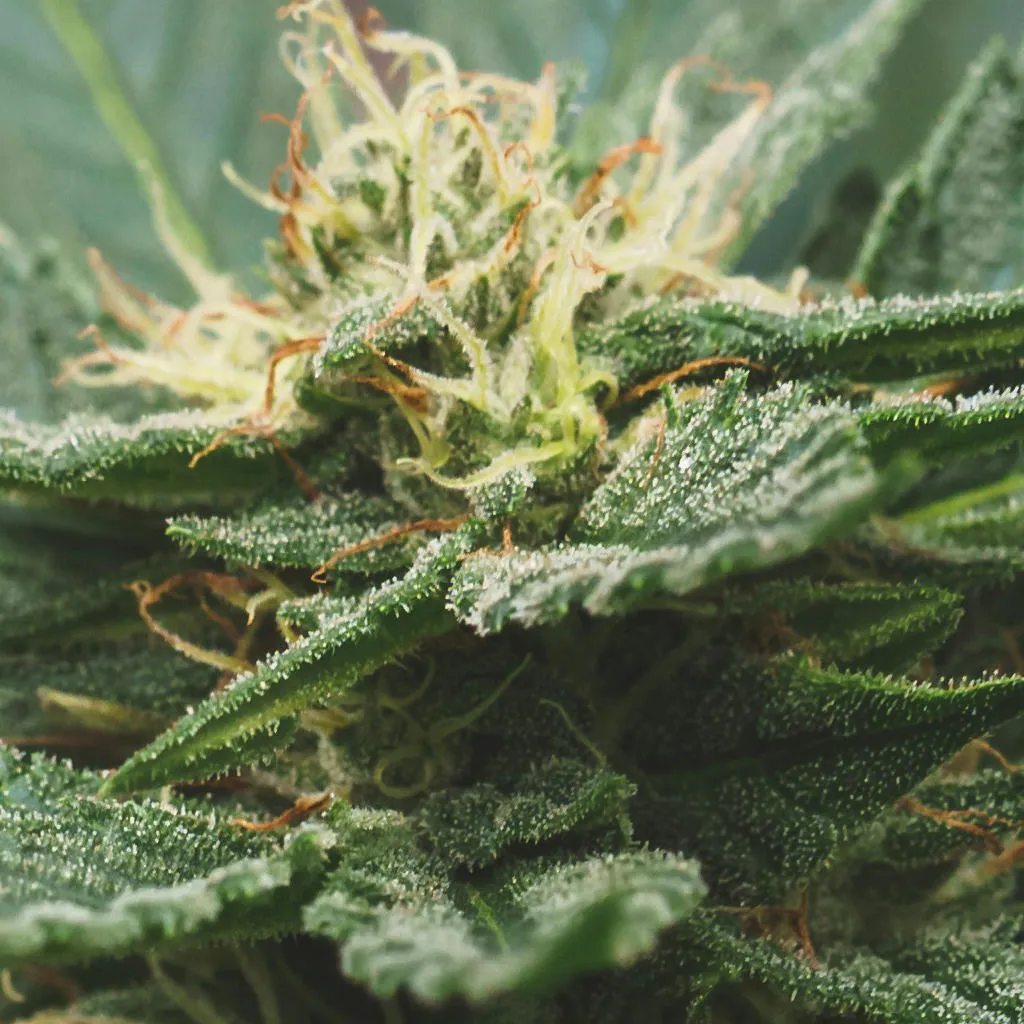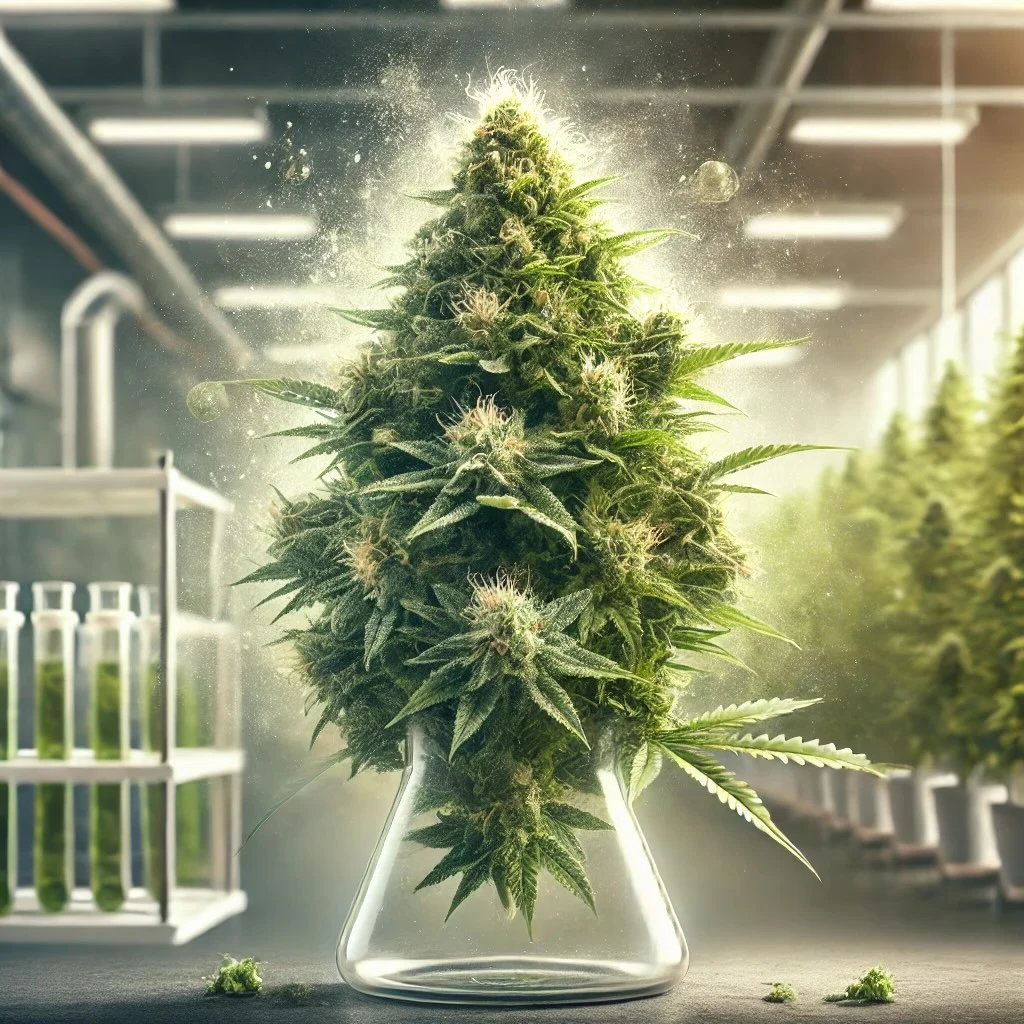Lets assume you’re fed up with paying the green man and have just decided to grow some weed for yourself. So, you want to try starting your own production indoors, but you don’t have much of a budget for equipment? It seems daunting to invest so much money when all you want to do is give it a try?
Don’t panic and don’t give up.
Firstly, look around your home and decide where its possible to set up a grow area. Fortunately, you can do it pretty much anywhere.
Here are some suggestions:
# 1. Growing marijuana in a closet
A nice little closet is where many of beginners start growing marijuana indoors. Converting a closet space can be an excellent area for placing a small garden, indeed.
A grower can set up a garden in a small 2-foot by 4-foot area, up to larger walk-in closets. Because of the limited space, closet gardens are best suited for Sea Of Green (SOG) or Screen Of Green (SCROG) growing methods.
Take into account that a closet grow environment normally requires modification of the closet for inlet and outlet ventilation, hanging of the lighting system and protection from possible water damages.
Closets are good for starting seedlings and clones, but if you’re wanting to spread your wings as a marijuana grower, you need more room than a closet can give you.
# 2. Growing marijuana in a fridge
You can also use an old refrigerator that is sitting in your basement or garage for this.
It is easy to incorporate a hydro or CO setup within this environment. You can hold from 6-12 marijuana plants this way, with each plant producing about one ounce (30 g) per cycle of 6-8 weeks.
You just need a space that is 2’x4’x5′ tall or larger that can be divided into smaller sections and will not leak light outside of the space you are using. This is what makes a fridge such a great option!
The lighting will require you to have one 4′ (120 cm) fluorescent tube or more, depending on the space you are working with, and one ballast to use above the plants you are trying to grow the vegetation. You will also need to buy a 250 watt or 400 watt MH bulb for when you begin to flower your marijuana plants.
# 3. Growing marijuana in a bedroom
A spare bedroom or an extra room in the home can provide an excellent space for growing your own cannabis. You have more square feet, more venting potential and higher headroom.
Be sure to remove or cover the carpet or wood floors; add some odor control and venting.
When converting a room inside a dwelling into a grow environment it is best to protect the flooring and walls from any water or moisture damages.
Note: It is best to use a room in a home that is not a rental so as not to have to consider the landlords prying eyes or any damages that could occur. When building a grow room it is best to follow all local building codes and guidelines.
Growing marijuana in a regular-sized bedroom can give you some seriously large harvests, and you can use the bedroom’s closet as a clone factory or motherplant chamber.
# 4. Growing marijuana in a basement
For a long time, basement growing has been the favorite location of choice for many indoor marijuana growers. Thick walls, few if any windows, a cooler environment in summer, concrete floors (some with drains), natural gas hook-ups for C02 generators, and enhanced security. It’s hard for anyone to see infrared leakage when you grow in a basement).
What’s the downside? Humidity, molds, and mildews. Basement floors too cold for your marijuana roots. Your water heater and furnace are likely in your basement, so if you need service on them, you might have to break down and hide your grow op.
And there’s also one thing to think about it: carrying grow equipment and supplies up and down basement stairs isn’t so fun.
# 5. Growing marijuana in a garage
Garages have good potential, especially if you retrofit them by building a professional grow room inside and adding upgraded electrical support and load capacity. Some people use a generator in these situations, to avoid wires going from your main panel to your outbuildings.
The big problem with this approach: ensuring security.
It’s harder to monitor out-areas, and because they are on an external wall or separated from your actual house, they can be broken into more easily. It depends on how much land you’ve got, and how much privacy on that land, whether a garage is secure.
If you’re growing in a garage, you’ve got all the odor, electricity, and logistical problems that other indoor marijuana growers have, but you have a landlord too, and other tenants are nearby. It’s a recipe for security breaches.
Read also:
[4 best ways to hide the smell of cannabis plants]

